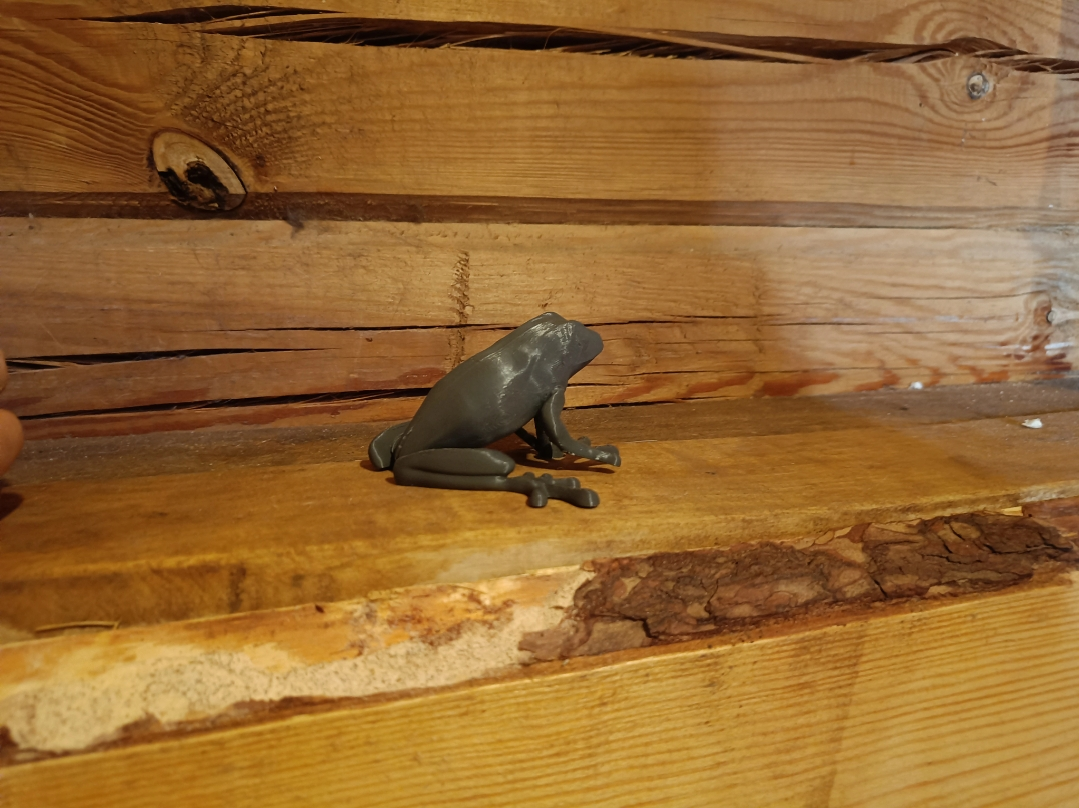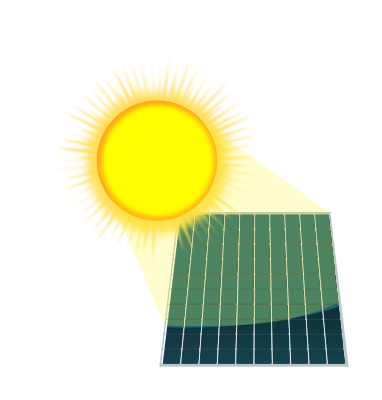
0·
13 days agoWorking on irrigation to all corners of my piece of land. Digging meters and meters and putting HDPE pipe connectors with water sockets. Digging is heavy work but I needed a workout actually


Working on irrigation to all corners of my piece of land. Digging meters and meters and putting HDPE pipe connectors with water sockets. Digging is heavy work but I needed a workout actually



Very interesting. I always look into this opensource flowbatteries as I recognize the advantages that are discussed in the video, easy scalable, cheap, safe and probably diy-able in the future. I would like to experiment with two IBC’s in scale. Following the FAIR project as well. Thanks PoVoq
Indeed, it’s actually Wattpeak. For my work I make a difference between actual Watts and solar Wattpeak. I normally multiply by 0,75 to get the MAX power. This max power only occurs around noon as the sun goes up and down again. For energy in my home (Lithuania) I hope to get in the summer with 1kwh/M2/day from the solar panels.
There are geological overlays graphs available that give indication on how much kWh you can get. Solar atlas is one of them. Look for kWh/kWp, multiply it by your solar installation size and you have your average available intake of energy. You can find the kWh/kWp on average per year,month and day. So you know in winter that you produce a lot less than summer